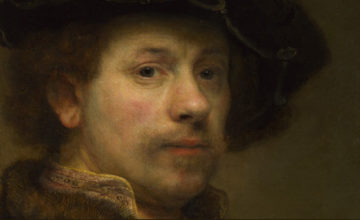
On Finding Oneself
The very idea of finding one’s self is problematic because we are the never the same. If you think you have found yourself—a solid, unchanging self—wouldn’t that imply that you’ve stopped growing?
Read More…The Fourth Way and Esoteric Traditions

The very idea of finding one’s self is problematic because we are the never the same. If you think you have found yourself—a solid, unchanging self—wouldn’t that imply that you’ve stopped growing?
Read More…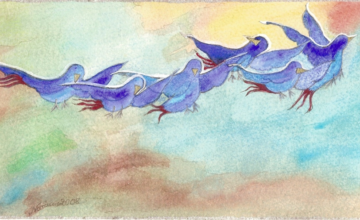
How does self-observation develop our sense of I? A Sequence of Work ‘I’s Once, during an elementary school break, as I now remember, I started playing hide and seek with children from all six grades in the school. Then an older girl yelled at me: “What are you doing in the game? Cockroach! Eh, cockroach! […]
Read More…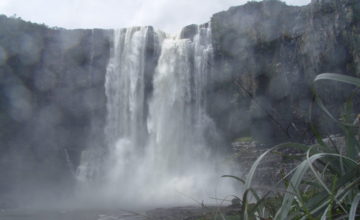
How do we go beyond ourselves to awaken, beyond ‘I’? What Happened to ‘I’? I am sitting in a cafe. My fingers gently engage the cup. I pick it up and take a sip. In this instant, I am. I feel the energy of my being inhabiting my internal spaces, visible and invisible. I recognize the taste of my own […]
Read More…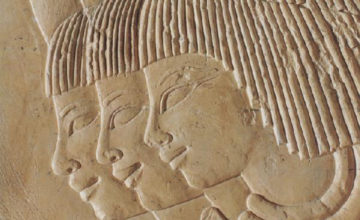
Intervals in an octave are places where other octaves may enter and move things in a different direction. Intervals can result in an outcome completely different from what we expect.
Read More…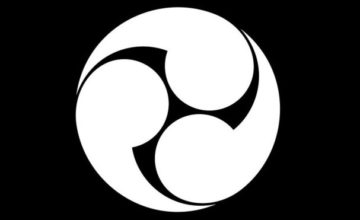
The Fourth Way teaches that the Law of Three is one of two cosmic laws. It states that every phenomenon, whether physical or psychological, is the result of three forces coming together in a moment. These forces are active, passive and neutral–or affirming, denying and harmonizing. Let’s take the example of learning to play a […]
Read More…
If we understood the law of octaves, we could see more clearly how the universe unfolds, or how a tree grows, or how learning requires special efforts at certain, very specific, points.
Read More…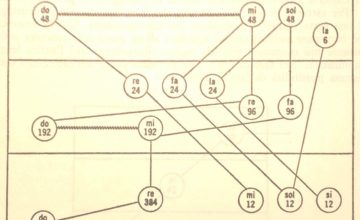
Reading the Food Diagram pages in Ouspensky’s In Search of the Miraculous can be difficult. However, theoretical work lights the way for practical work. Practical work, in turn, helps to further decipher the theory. If the two don’t proceed together, work stops. It’s also possible to learn something well enough to perform it, even if you don’t […]
Read More…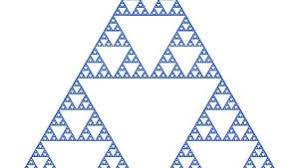
Ordinarily—that is, in the second state—our machines function on the basis of stimulus and response. This means that some stimulus is the first force for our actions. The stimulus initiates the action, while our reactions to it are the second force. The third force determining the nature of the reaction comes from our mechanicality: chief feature, type, and so on.
When we we are observing ourselves, however, our work introduces a new triad. In this triad, the work is the first force and mechanicality is the second force. The observer (and eventually the steward and then higher centers) is the third force. This represents the process of regeneration, in which the form provided by the Work acts on the matter of the machine with a third force stemming from consciousness.
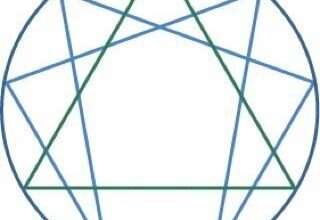
The Law of Three and the Law of Seven can be studied both outside oneself, in external phenomena, and within. The enneagram symbol is a representation of both these two cosmic laws.
Read More…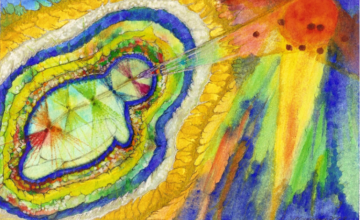
A man who struggles to balance the energy of his lower centers begins to awaken his soul. His soul functions as the energetic or active force. His spirit plays the role of the passive force and welcomes the energy of the soul. His body is the formative nature, transmuting the physical and chemical elements of man’s whole organism. Such a man is usually the product of a conscious school.
Read More…